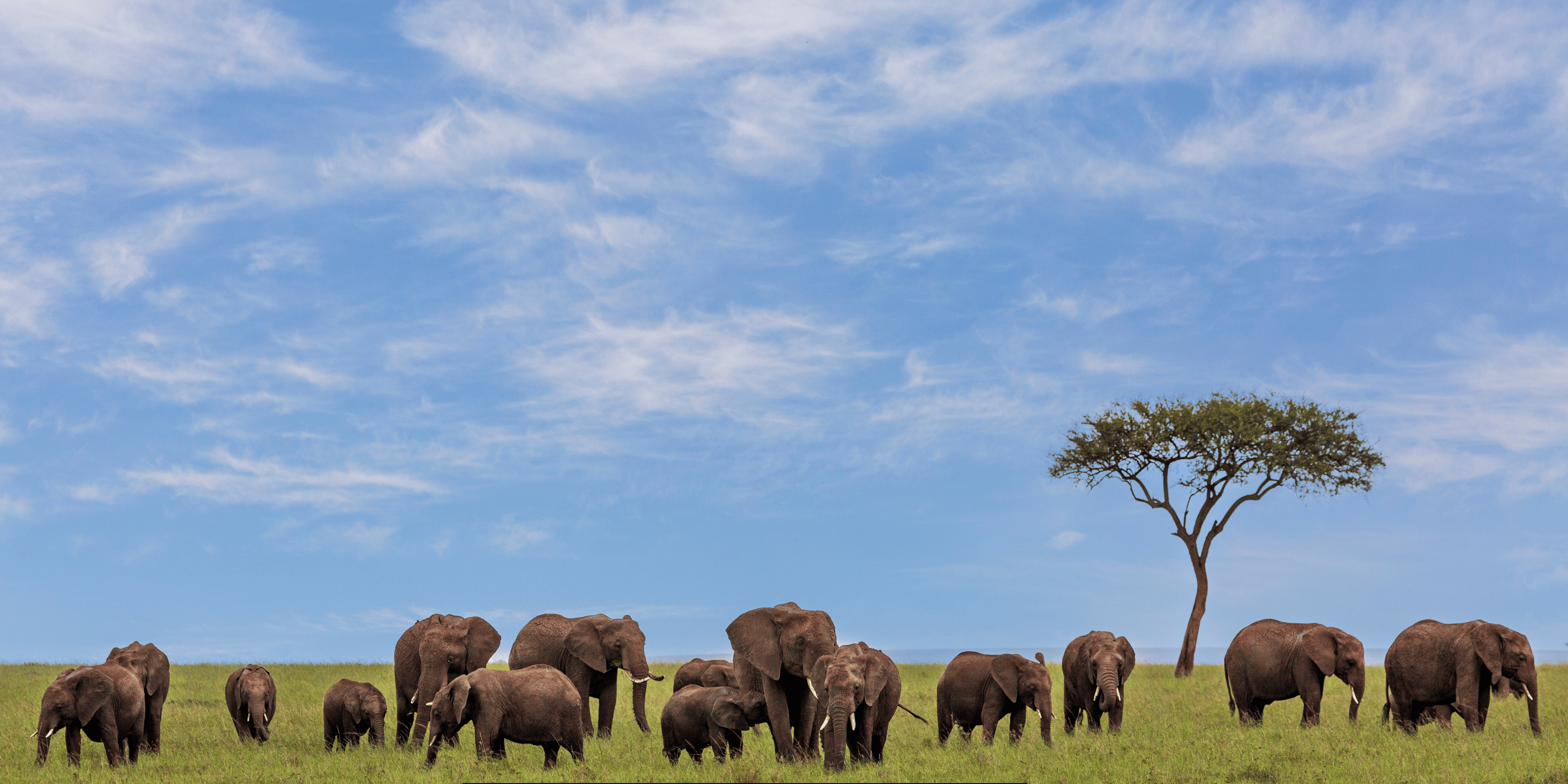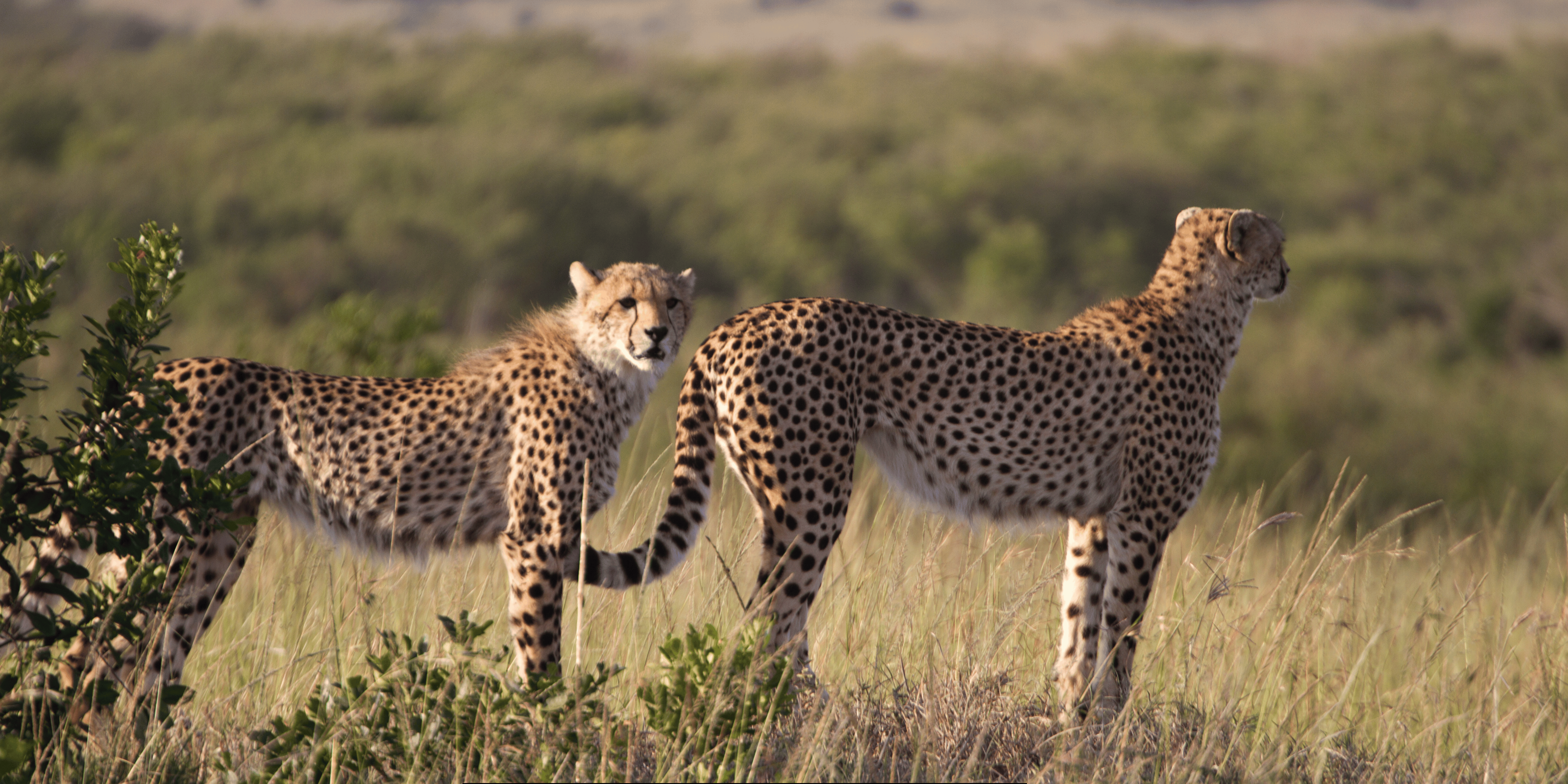The Masai Mara National Reserve is among Kenya’s most sought-after destinations for game viewing. This unbelievable game reserve is a true paradise for wildlife, and the guests of this place can witness one of the most breathtaking phenomena of the natural world – the Great Migration.
Here are 10 of the most interesting facts about this incredible place:
The Serengeti ecosystem is a part of East African savannas inland of the Tanzania coastline.
The Masai Mara is an integrated part of the greater Serengeti ecosystem and borders the Serengeti National Park in Tanzania. The movement of wildebeests and zebras between these two protected areas is the most significant movement of large terrestrial mammals in the world.
The Great Migration
It has been estimated that over 1. 5 million wildebeest move from Serengeti to Masai Mara in search of water and pastures yearly, accompanied by large herds of zebra and gazelle. There is an annual migration of wildebeest, which is commonly referred to as the Great Migration, and it occurs from July to October. Sighting the thundering herds of cattle crossing the crocodile-infested rivers is also an unforgettable experience.
Diverse Wildlife
Besides the migrating herds, the Masai Mara is endowed with all the classic wild animals of Africa, including the Big Five of lion, leopard, rhino, elephant, and buffalo, as well as hyena, cheetah, giraffe, hippo, and over 450 species of birds. The diversity of species seen here is simply mind-boggling.

Scenic Landscapes
It is home to vast and unruffled plains of grasslands, hilly landscapes, and gallery forests all along the Mara River. Game drives are rewarding in terms of picture-postcard type shots, and the sunsets over the landscape are particularly stunning.
Balloon Safaris
Here, you can view the vast and expansive Mara landscape in its natural splendor – from a hot air balloon. It is unique as it offers a bird-view of the plains, where you can appreciate the beautiful view of the plains and the wildlife within without any hindrance. One can also ‘touch down’ for a champagne bush breakfast.
Traditional Masai Culture
The Masai people have coexisted with the wildlife for generations. Their lives are mainly centered on their cattle and to this present day, many a Masai still reside in small villages within the perimeters of this reserve. Touring a conventional village helps in understanding some of the traditional practices in the region.
Conservation Success Story
To some extent, Masai Mara is today an essential reference for community conservation in Africa. Economically, the revenue generated from the reserve is used to support the income and development of the local community, hence encouraging the protection of wildlife from poaching and loss of their natural habitat.
Excellent Lodge Accommodation
Tented camps to luxurious safari lodges, the Masai Mara is home to some of the finest accommodation that can be found in Africa. Awaking up in the bush to the tunes of wildlife is an exciting experience you will never forget. One can also stay for a night at the fly-camp.
Year-Round Safari Destination
This is because the Masai Mara is located in the equator and therefore has an all year round production of the different games. Though the Great Migration is limited to the period from July to October, wildlife population stays high in the plains and in the marshy areas during the rest of the year.

Easily Accessible from Nairobi
The Masai Mara is about 260km from Nairobi and this means that it is easily accessible on a day trip or a short break from Kenya’s capital. By air it takes less than one hour flight and therefore makes one of the most convenient options to add on to the safari.
A Safari Gem
For tremendous landscape and wildlife; for a rich ethnic heritage and well-facilitated accommodations, there are good reasons why many consider the Masai Mara National Reserve as one of the best places for a safari in Africa. This wonderful world represents the traditional concept of the African safari perfectly.

